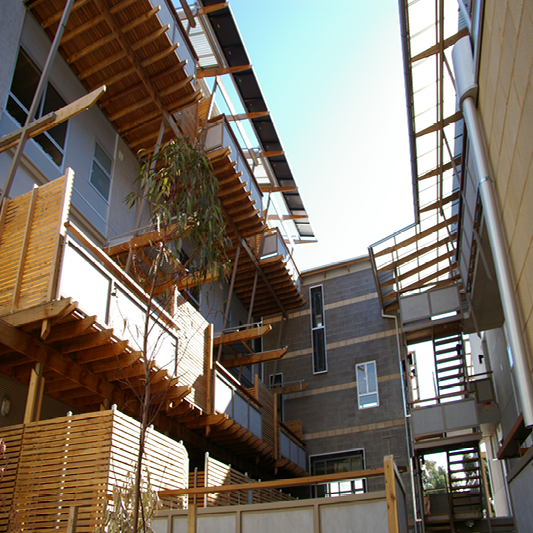
In Australia, heatwaves are the deadliest natural hazard and a major driver of peak electricity demand and blackouts. Heatwaves are exacerbated by urban heat island effects in cities, and becoming more common due to climate change. Keeping Australian homes cool while reducing the demand for air conditioning is a key challenge. A further concern is that increased building energy efficiency – assessed based on annual thermal load – can decrease a building’s heat stress resistance.
This note outlines strategies for heat stress resistant residential building design and construction. It discusses the integration of heat stress resistant measures in current Australian building standards and provides recommendations on the assessment of buildings’ heat stress resistance.
